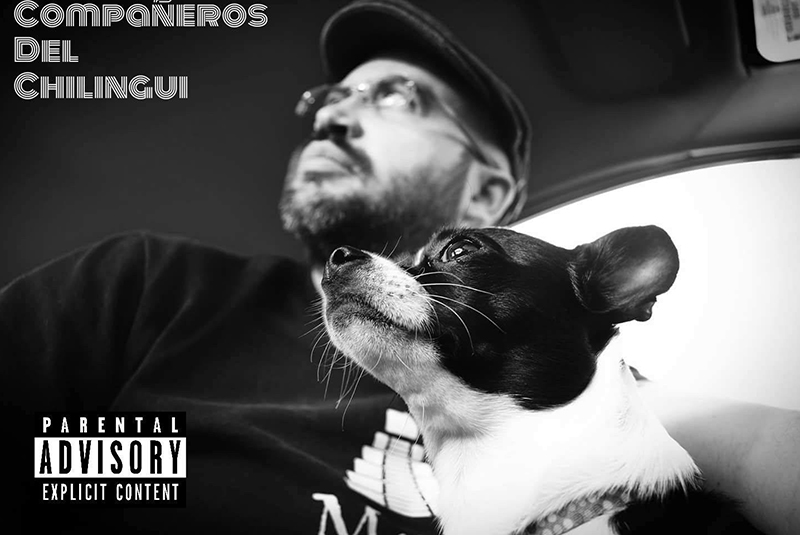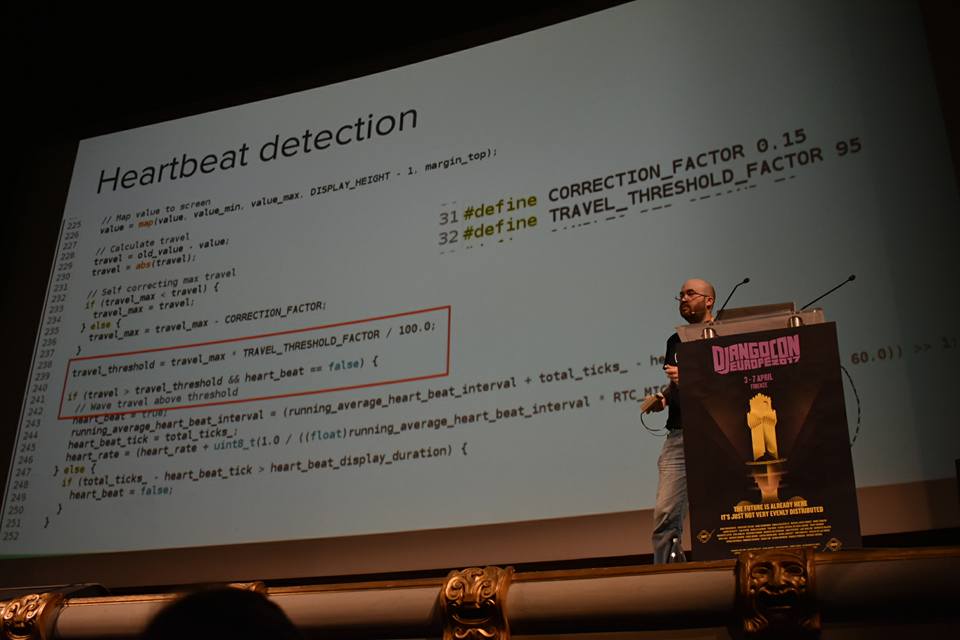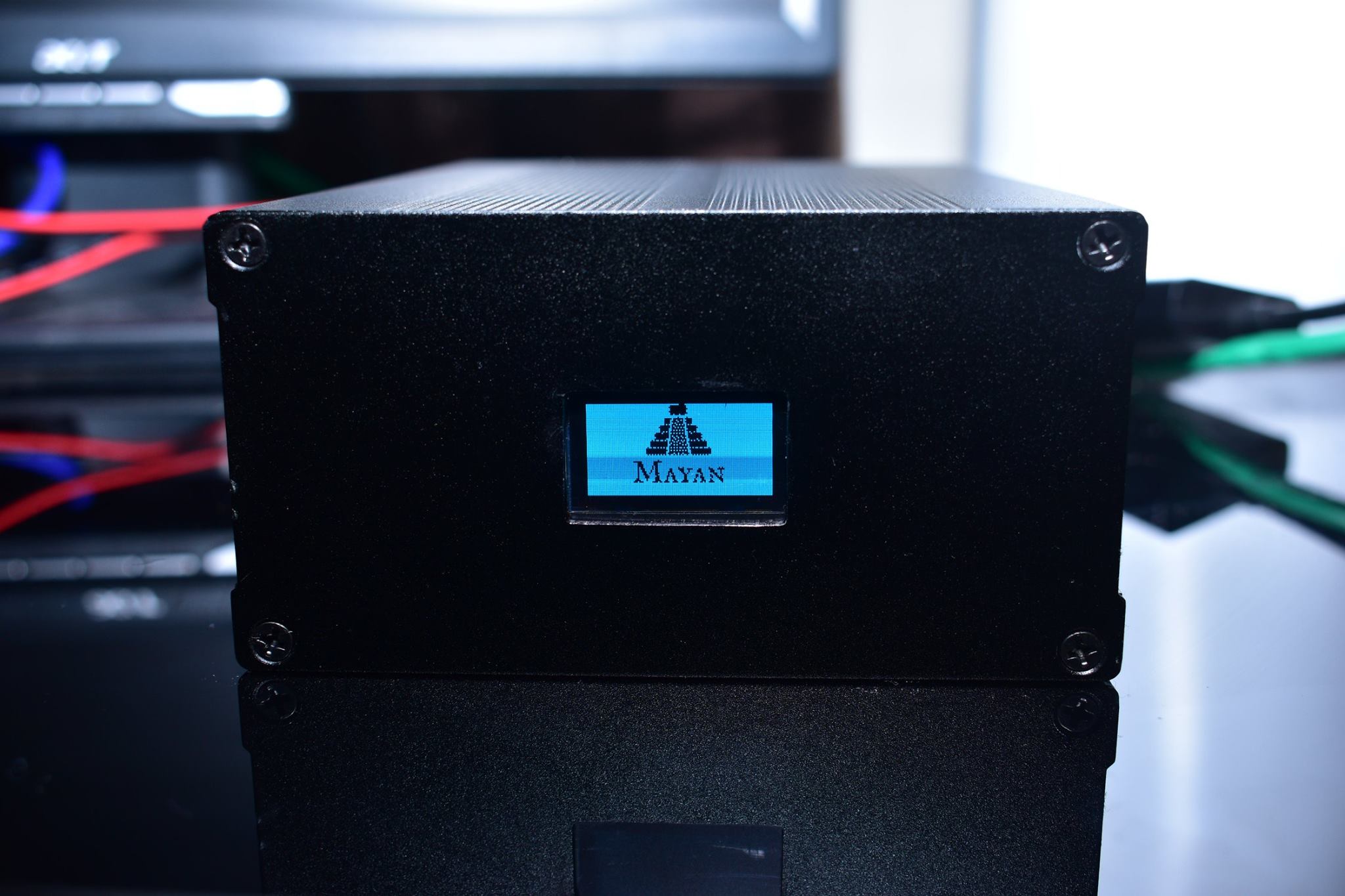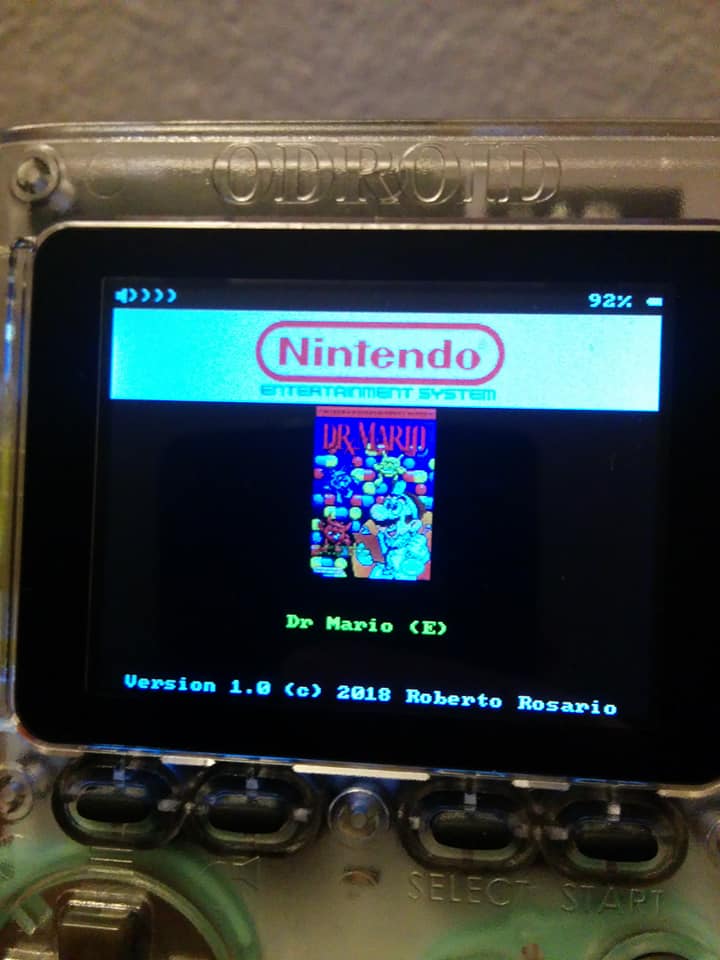
Please tell us a little about yourself. Hello, my name is Roberto Rosario. I’m the creator of Mayan EDMS, a free open source document management software, the OpenHolter a portable, Arduino based electrocardiogram machine and Rocket Launcher the custom software launcher for the ODROID Go. I’m a software developer working mostly with governments and manufacturing companies in data warehousing, electronic document management, business intelligence, and open data projects. 90% of my work is basically working with large volumes of data in different formats and mediums, and try to come up with ways to make it accessible, usable, reliable, and durable. I have always lived in Puerto Rico. It has a great climate almost all year round (except during hurricane season). I’m married with a 14 year old son and a Chihuahua puppy named Oreo. He’s my service dog, photography model, and partner in crime.
How did you get started with computers? I got started with computers at the age of 10. My first computer was a TRS-80 Color Computer 2. Being that age and without residential Internet access (it didn’t exist), I couldn’t get software for my computer. That forced me to learn to build everything from scratch. I eventually learned to write machine language by hand for the 6809 microprocessor by poking numbers into memory addresses provoking artifacts and crashing the computer. I slowly managed to document all the opcodes of the microprocessor and used machine language in math and science fair projects. After the CoCo 2 came a CoCo 3 with a 5.25 inch floppy drive (my first taste of C language and operating systems with OS9), then a Commodore 64 and finally a Tandy 1000 was my first PC compatible computer. The skills gained from learning machine language helped me reverse engineering video game consoles (I can’t say which ones for legal reasons but some information survives in the Internet Archive) and published my findings when I was 17. When you play an emulated game on the Odroid Go, you are using code I helped decode more than 20 years ago.
What attracted you to the ODROID platform? Before the ODROID, consumer grade single board computers felt like novelties. They looked cool, but were undocumented, unsupported by the companies putting them out, used closed hardware, didn’t had much power and were more about the marketing allure of popularising technology instead of actually providing a useful technology product. The ODROID platform was a real eye opener for me in terms of price to performance ratio and build quality. The philosophy of openness was also a big plus. Having the schematics available helps a lot when building projects and in occasions have led to discovering undocumented features, like the ODROID-C2 being able to run directly from 3.7v lithium batteries.
How do you use your ODROIDs? I’m a data preservation nerd, living in a tropical island prone to storms and bad electricity service. I use the ODROIDs to me solve all that with just a few type of devices and some modifications.

I like the HC2’s potential as a single board NAS. The built in SATA to USB3 bridge, the hard drive and CPU heatsink, Gigabit ethernet hardware, coupled with a GlusterFS, checks all the boxes for a performant, resilient, worry-free storage solution and media server.

The four 64-bit ARM cores in the C2 allow me to run the intensive tasks I need when developing software like running test suites and building images. Most of my personal services also run on a farm of ODROID-C2. The combination of the C2 for processing tasks with the HC2 for storage and being able to power all devices from the DC part of a solar system, makes building a DIY micro datacenter very affordable and reliable.
Which ODROID is your favorite and why? The ODROID-GO is my current darling. I’m using it not just to play games, but as a microprocessor development platform. Trying to develop a portable microprocessor project means worrying about battery, battery management, inputs, displays, enclosure, and remote access. All that is solved with the ODROID-GO, plus WiFi and a dual core package for real multithreading capabilities.

What innovations would you like to see in future Hardkernel products? I can’t think of anything right now. I’m very happy as a customer and a developer with the way they build and document their products. They are well designed (down to things like the ESD protection) and well manufactured so they are durable at a great price. It is working well and I don’t see a reason why they should change any aspect of it.
What hobbies and interests do you have apart from computers? I live in Puerto Rico, and one of realities of life here, due to many factors, is unreliable services like electricity. I build proper renewable power systems for everyday use, but I also enjoy making them using everyday items like a computer UPS as an inverter, the kind of solar power system MacGyver would build.
I’m a ham radio operator with a fascination with emergency radio operation and digital modes. I use APRS and I like working satellites. Most of the time I’m on UHF/VHF on repeaters, but now that I got a General class upgrade, I hope to get into HF and global propagation. I hope to one day be able to do a QSO with one of the operators aboard the International Space Station.
I like biohacking and building custom medical devices. Being a heart patient and having access to heart monitoring equipment 24-7 by building my own helped to manage my conditions in ways I could’ve never achieve in the traditional way. One of my current projects is porting my OpenHolter electrocardiogram project (currently based on Arduino) to the ODROID-GO. Where other people see a gaming device, I see a Star Trek type tricoder! When I need a change of pace, I go to photography. Gives the other side of the brain a workout.
What advice do you have for someone wanting to learn more about programming? Don’t fall in the “new is always” better trap. That applies to languages, techniques, editors, operating system, platforms, etc. We are bombarded with words like innovation and “thinking out of the box”, like those are the only methods to problem solving. Established paradigms are made to look bad and outdated. That is not really the case. There is a time to innovate and there is a time use time-tested methods. Tradition and creativity go hand-in-hand. If it weren’t for innovation, and the work of “crazy” people you wouldn’t be reading this right now. Learn from and respect both.

Be the first to comment